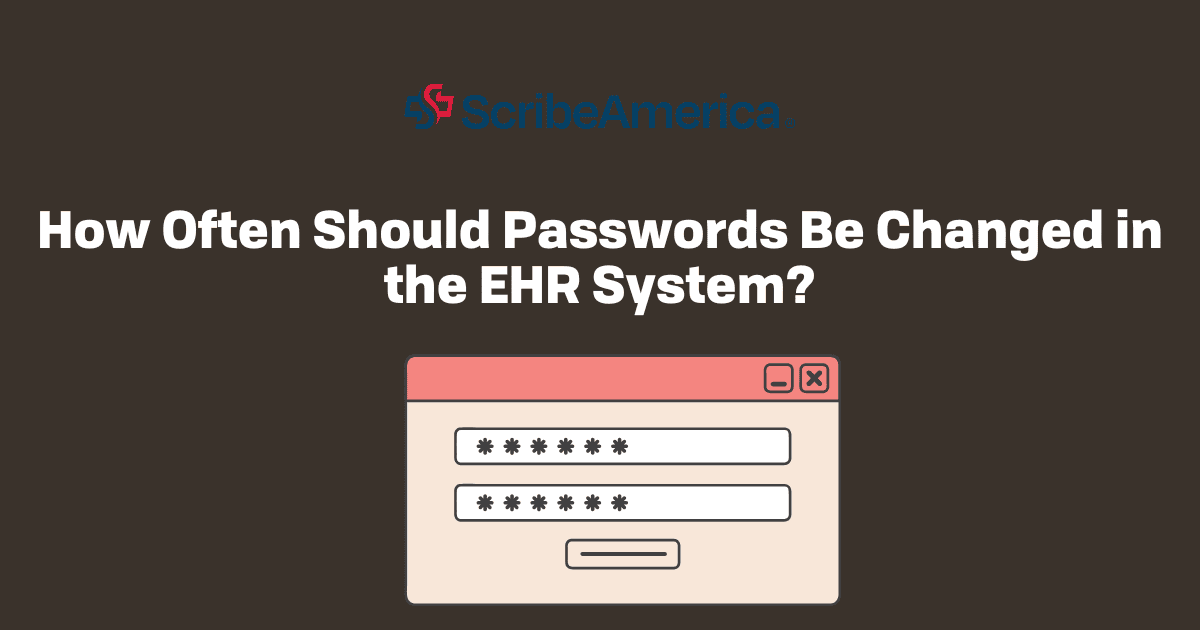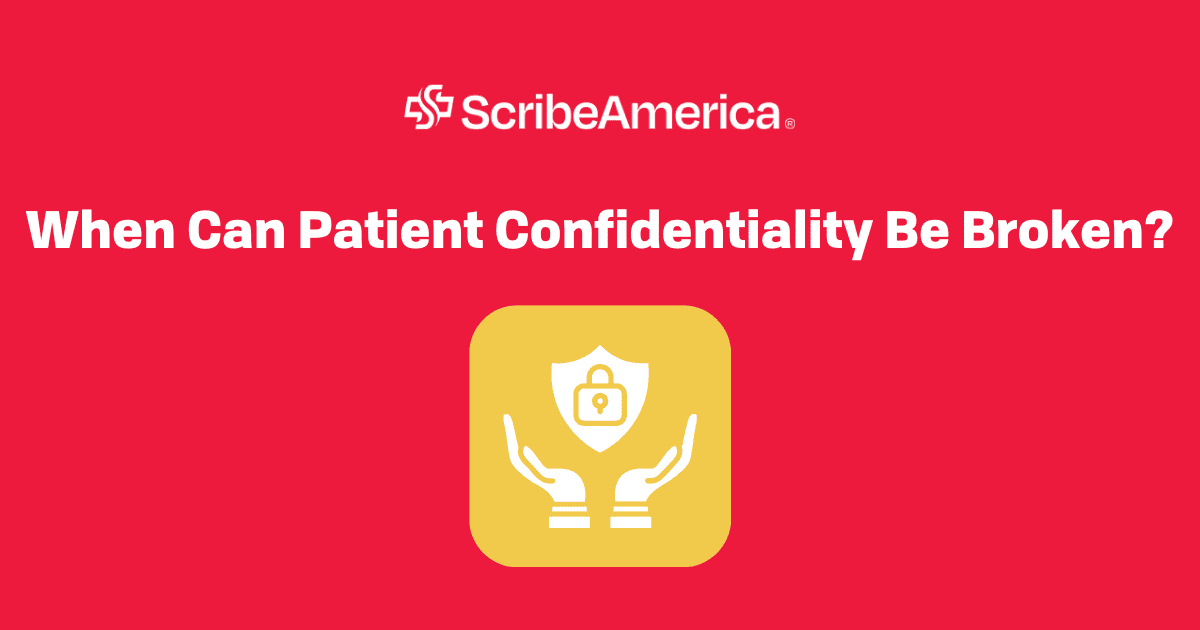Key points:
- Virtual medical scribes perform traditional scribe duties remotely – They document patient visits, update EHRs, communicate with providers, and ensure accurate, compliant records, using video calls or recorded sessions.
- Flexibility and work type – Virtual scribes can work asynchronously (on-demand, part-time) or synchronously (full-time with scheduled shifts), providing options depending on personal and professional needs.
- Essential skills – Key skills include knowledge of medical terminology, HIPAA compliance, medical billing and coding, EHR navigation, and fast, accurate typing; unlike in-person scribes, stamina for long hours is less critical.
Have you ever heard the term virtual medical scribe and wondered what it means? How is it different from a traditional scribe? If you have, read this article – we will explain what a virtual scribe is here, delving into all the differences.
What Is a Virtual Medical Scribe?
A virtual medical scribe is, in simple words, a medical scribe with one slight difference – working remotely. They use video calls and recordings of patient visits to create their records, without the need for them to be available in a particular hospital or clinic.
What a virtual scribe truly is? The answer to the modern healthcare problems. With the growing demand for this profession, not every healthcare facility is capable of employing enough scribes from their area. However, through virtual scribing, this issue is eliminated since the location stops being significant as hospitals outsource medical transcription.

What Does a Virtual Medical Scribe Do?
A virtual scribe does what a traditional medical scribe does, but their role is more suited to the future of healthcare towards which the industry is heading – remote medicine. This means that their tasks include:
- Documenting patient’s visits
- Communicating with healthcare providers
- Recording examination test results, medicine prescriptions, and given treatments
- Ensuring that the records are in compliance with the legal regulations
- Helping with patient flow
A typical virtual medical scribe job description may also involve monitoring real-time consultations, updating medical notes in EHR systems, and ensuring timely communication between providers and patients. Virtual scribes enable healthcare providers to focus more on patient care by handling the documentation efficiently.
What Skills Should a Virtual Medical Scribe Have?
Knowing what a virtual medical scribe does, it is time to focus on their skill set. Similar to regular scribes, they should:
- Know basic medical terminology
- Understand HIPAA guidelines
- Excel at medical billing and coding
- Be able to navigate through the EHR
- Type quickly
There are a few skills that are a must for a regular scribe, but not for a virtual one. An example of that is excellent stamina – since they work remotely, virtual medical scribes don’t have to stand for long hours, so they don’t have to worry about their endurance.
Is a Virtual Medical Scribe a Good Job?
As a pre-med student, you might be thinking about whether it’s better to become a regular or a virtual medical scribe. The truth is: it depends.
If you wish to work part-time and maintain high flexibility, you should opt for becoming an asynchronous virtual scribe. This way, going back to your family house or working just a couple of hours per week should not be a problem – you will be performing tasks on-demand, based on recordings sent by physicians.
If you, on the other hand, are looking for something more stable, full-time, you should become a synchronous virtual scribe. Instead of being called on-demand, you will work regular shifts and see the physician and the patients via video calls.
To learn more, read our article: Telescribe Tuesday: Meet Jennifer Larsen
How Does a Virtual Medical Scribe Work?
A virtual scribe works by joining a consultation remotely, usually through a secure video call, audio stream, or by reviewing recordings of patient visits. While the physician interacts with the patient, the scribe listens in and documents the encounter in real time or shortly afterward. They update the Electronic Health Record (EHR), record medical notes, and ensure accuracy and compliance. This process allows doctors to focus fully on patient care while the virtual scribe takes care of the documentation.
Virtual Medical Scribe - Meaning
What is the job of a virtual medical scribe and what do they do? Said simply, virtual medical scribes have almost the same duties as their regular counterparts, with the major difference being that they work remotely. This gives them more flexibility. Yet, since they are frequently called on-demand, it might be impossible for virtual scribes to work as many hours per month as their regular counterparts. Which one is the better job? It depends on your preferences.
The meaning of a virtual scribe lies in their ability to bridge the gap between remote and in-person healthcare. Their job description mirrors that of traditional scribes but adapts to the growing field of telemedicine. Virtual scribes offer an innovative solution to healthcare facilities seeking efficient documentation support.
Did you like this article? You may also read: How to make a medical scribe resume or put it on your CV




